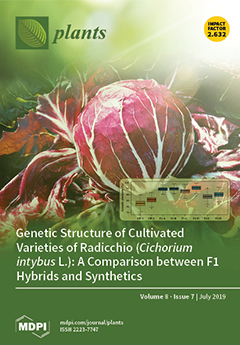The availability of water is the critical factor driving plant growth, physiological responses, population and community succession in arid and semiarid regions, thus a precipitation addition-reduction platform with five experimental treatments, was established to explore the growth and physiology of two psammophytes (also
[...] Read more.
The availability of water is the critical factor driving plant growth, physiological responses, population and community succession in arid and semiarid regions, thus a precipitation addition-reduction platform with five experimental treatments, was established to explore the growth and physiology of two psammophytes (also known as psammophiles) to precipitation manipulation in Horqin Sandy Land. Changes in coverage and density were measured, and antioxidant enzymes and osmoregulatory substances in both of the studied species were determined. Investigation results showed that the average vegetation coverage increased with an increasing precipitation, and reached a maximum in July. Under the −60% precipitation treatment,
Tribulus terrestris accounted for a large proportion of the area, but
Bassia dasyphylla was the dominant species in the +60% treatment.
T. terrestris was found to have higher a drought stress resistance than
B. dasyphylla. From days 4 to 7 after rainfall,
B. dasyphylla under precipitation reduction showed obvious water stress. The malondialdehyde (MDA) content of
B. dasyphylla was higher than that of
T. terrestris, but that of
B. dasyphylla had the lower relative water content (RWC). The MDA content in the precipitation reduction treatments of the two studied species was higher than that in the precipitation addition treatments from days 4 to 10. Peroxidase (POD) and superoxide dismutase (SOD) activity and the soluble proteins and free proline content of
T. terrestris were higher than those of
B. dasyphylla. The free proline content of
T. terrestris and
B. dasyphylla increased with increasing drought stress. Our data illustrated that
T. terrestris had a higher drought stress resistance than
B. dasyphylla, which was correlated with the augmentation of some antioxidant enzymes and osmoregulatory substance. The adaptive mechanism provides solid physiological support for an understanding of psammophyte adaptation to drought stress, and of community succession or species manipulation for desertified land restoration.
Full article






